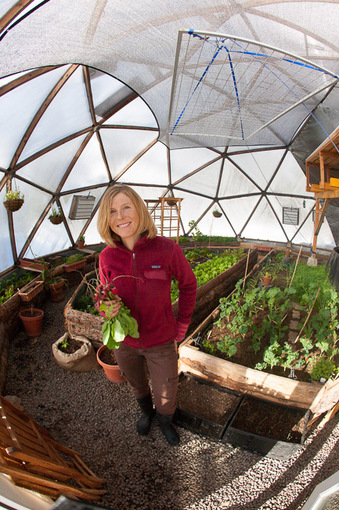
An emerging nonprofit group called the Tahoe Food Hub is reaching out to foothill farmers in Western Nevada County in an effort to supply restaurants and natural food stores in the Truckee-Tahoe region with fresh, locally grown produce.
If done well, the project has the potential to reduce the headache of marketing and distribution while securing a steady stream of revenue for local agriculture, say some local farmers. A food hub aggregates food from regional producers, stores it, markets it and distributes it within a local area, according to the Tahoe Food Hub’s website.
“We’re mirroring a national food system but doing it on a regional level,” said Susie Sutphin, co-executive director of the Tahoe Food Hub.
Food hubs help small-scale producers find new markets, provide local communities with healthy, ecologically grown food and educates consumers about the importance of sustainable agriculture and the positive ripple effect of buying local. Read the whole story here...
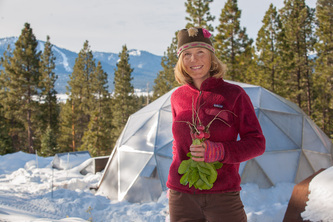
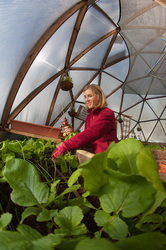
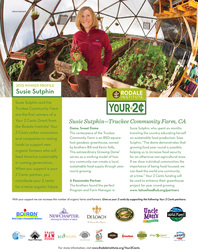
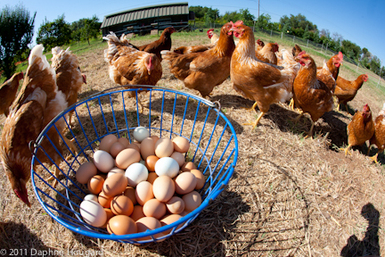
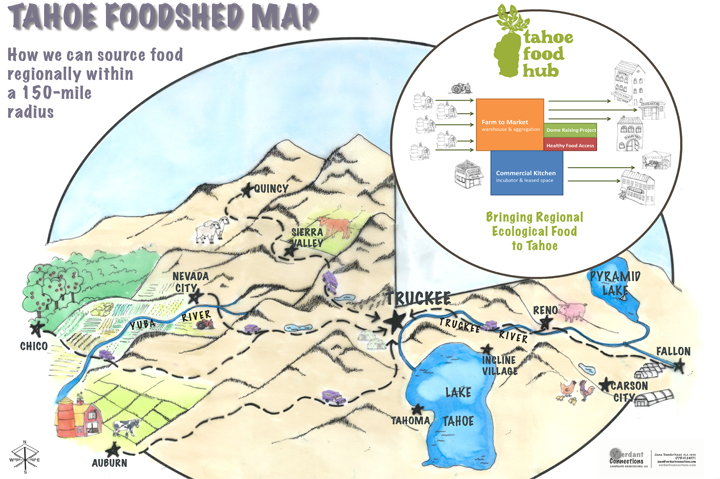
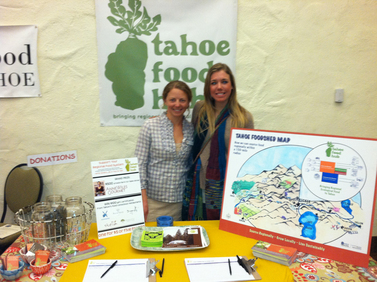
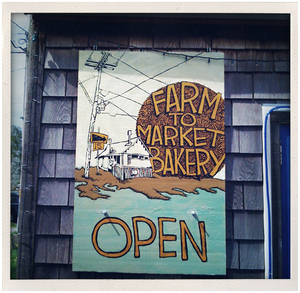
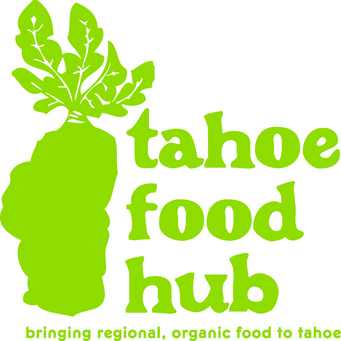
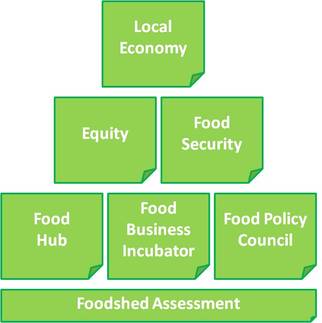

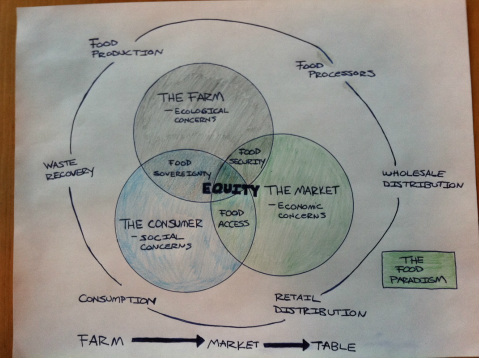
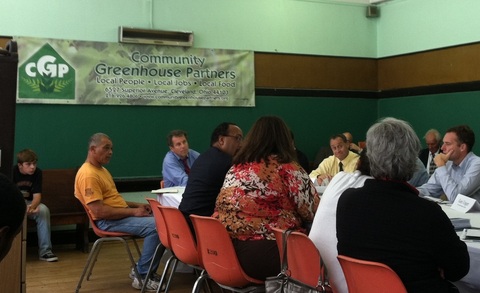
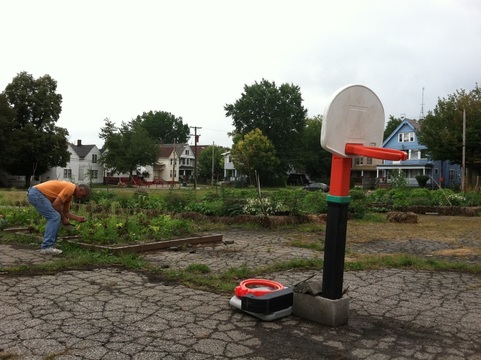
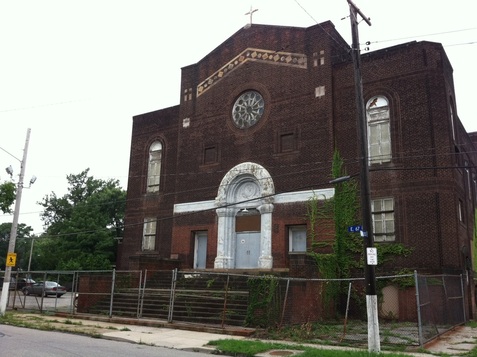
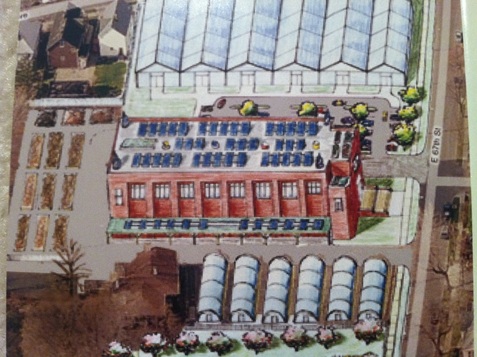
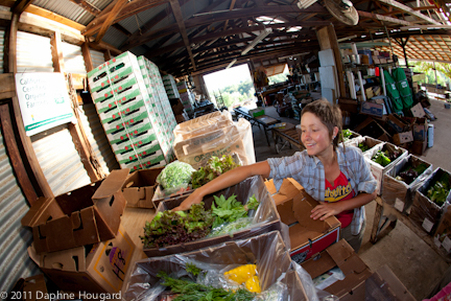

 RSS Feed
RSS Feed
